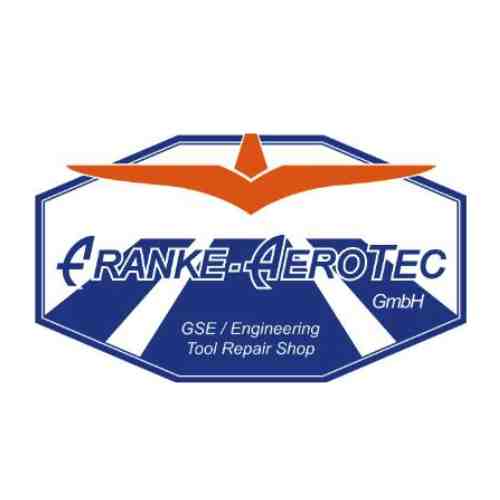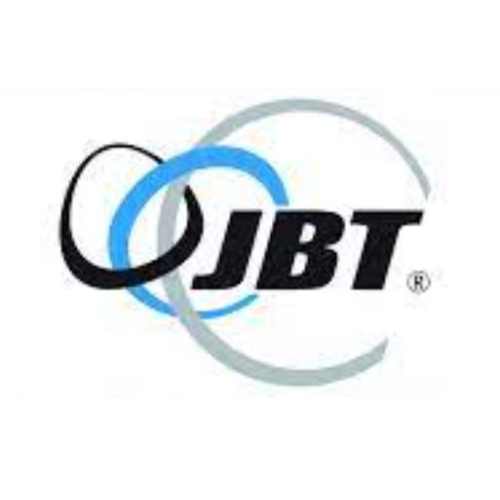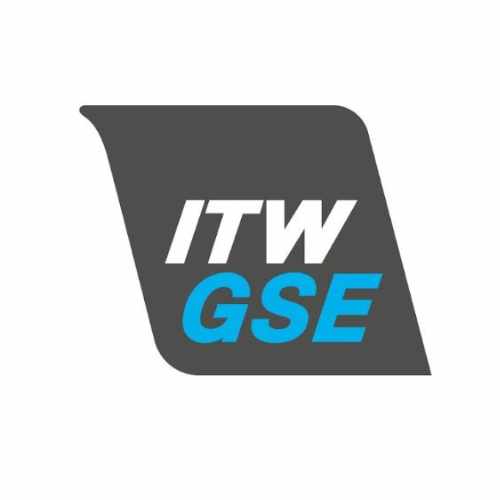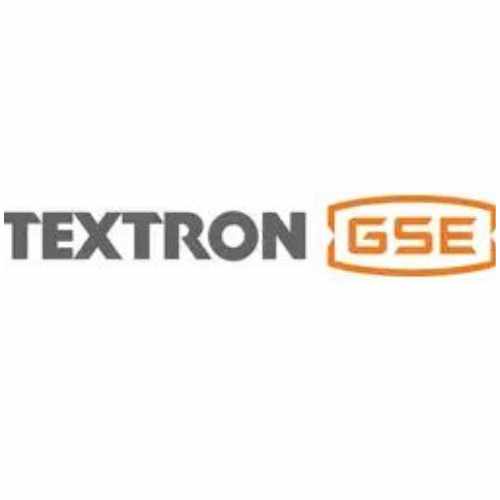Aircraft Ground Support Equipment (GSE) in Japan in 2024
Japan’s aviation industry is a well-oiled machine, renowned for its efficiency and safety. But beneath the gleaming wings of its commercial aircraft lies a network of crucial, yet often unseen, heroes: Aircraft Ground Support Equipment (GSE). These workhorses are the backbone of any airport operation, ensuring smooth turnarounds, safe maintenance, and efficient cargo and passenger handling.
In 2024, Japan’s GSE landscape is undergoing exciting transformations. Sustainability, innovation, and technological advancements are reshaping the way aircraft are serviced on the ground. Buckle up as we delve into the fascinating world of Japanese GSE!
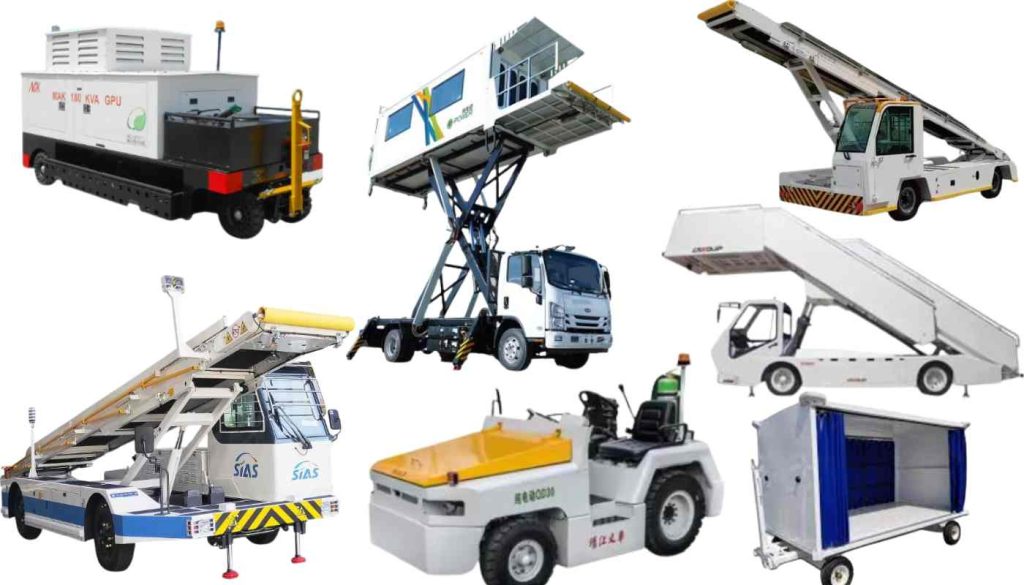
The Arsenal of a Busy Airport
Imagine a bustling airport apron. Here’s a glimpse into the diverse GSE that keeps things humming:
- Aircraft Towing Equipment: Powerful tugs like those manufactured by Mitsubishi Heavy Industries or Kalmar move even the biggest airplanes with precision.
- Ground Power Units (GPUs): Companies like Nippon Sharyo and TLD provide these self-contained power sources, keeping onboard systems running when the aircraft’s engines are off.
- Cargo Loaders: These workhorses, often supplied by ShinMaywa or JBT AeroTech, efficiently bridge the gap between the aircraft and the terminal for seamless cargo handling.
- Passenger Boarding Bridges (PBBs): These extendable walkways, from manufacturers like Cebra or IHI Corporation, connect the aircraft door to the terminal, ensuring a smooth and comfortable passenger boarding/disembarking experience.
- Pre-flight Inspection Equipment: Ensuring safety is paramount. Japanese companies like KYB Seiko and Mitsubishi Electric offer specialized equipment for detailed pre-flight checks.
This is just a fraction of the GSE arsenal. Refueling trucks, de-icing equipment, baggage handling systems – the list goes on!
Innovation Taking Flight
Japan’s GSE industry is a hotbed of innovation. Here are some exciting trends:
- Electric GSE: Sustainability is a major focus. Companies like Nissan and Komatsu are developing electric GSE, reducing noise pollution and emissions.
- Automation and Robotics: Automation is streamlining processes. Imagine self-driving baggage tractors or robotic pre-flight inspection systems – these are becoming a reality.
- Data-driven GSE Management: Advanced data analytics are optimizing maintenance schedules and predicting equipment failures before they happen.
These advancements not only improve efficiency but also contribute to Japan’s ambitious environmental goals.
GSE Maintenance and Support
Even the most robust GSE needs care. Japan boasts a well-established network of GSE maintenance providers offering:
- Routine maintenance: Regular servicing ensures GSE remains reliable and safe.
- Parts and after-sales support: Ready availability of spare parts keeps downtime to a minimum.
- GSE leasing and financing: Flexible leasing options allow airlines to optimize their GSE fleets without upfront capital expenditure.
Domestic vs. Imported GSE
Japan has a strong domestic GSE manufacturing sector. Leading companies like those mentioned above are renowned for their quality and technological prowess. However, there’s also a healthy market for imported GSE from global giants like TLD, CHAR Airport Service, and Clark Equipment. This mix fosters healthy competition and ensures access to the latest technologies.
The Future of Japanese GSE
The future of Japanese GSE is bright. Here’s what we can expect:
- Continued Focus on Sustainability: Electric and hybrid GSE will become increasingly popular. Look for advancements in battery technology to extend range and reduce charging times.
- Integration with Airport Modernization Projects: As Japanese airports undergo modernization, GSE will seamlessly integrate with new infrastructure and technology platforms.
- Focus on Efficiency and Cost Optimization: New technologies and data-driven management will further optimize GSE utilization, reducing turnaround times and operational costs.
GSE – The Unsung Heroes of Japanese Aviation
The next time you board a flight in Japan, take a moment to appreciate the silent orchestra of GSE working tirelessly behind the scenes. From the powerful tugs to the innovative electric GPUs, these unsung heroes ensure a smooth and safe journey. As the industry embraces sustainability and innovation, Japanese GSE is poised to take flight to even greater heights.
Price List
- Customization: GSE can be customized based on specific needs. A heavy-duty tug for a giant Airbus A380 will cost significantly more than a tug for a smaller regional jet.
- Manufacturer and Model: Different manufacturers and models within a category (like tow tractors) will have varying price points.
- New vs. Used: Used GSE can be significantly cheaper than new equipment.
- Distribution Channels: Direct purchase from manufacturers, leasing companies, or independent dealers can affect the final price.
However, to give you a general idea, here’s a ballpark range for some common GSE categories in Japanese Yen:
- Aircraft Towing Tractors: ¥10 million (JPY 10,000,000) – ¥50 million (JPY 50,000,000)
- Ground Power Units (GPUs): ¥20 million (JPY 20,000,000) – ¥80 million (JPY 80,000,000)
- Cargo Loaders: ¥15 million (JPY 15,000,000) – ¥40 million (JPY 40,000,000)
- Passenger Boarding Bridges (PBBs): ¥50 million (JPY 50,000,000) – ¥150 million (JPY 150,000,000)
Here are some resources to get more specific pricing information:
- Manufacturer Websites: Most major GSE manufacturers list their products with specifications and request a quote options.
- GSE Rental Companies: Rental companies often publish their rates for various GSE types.
- Industry Publications: Trade publications like Airport Industry Magazine or Air Cargo World might feature articles with GSE pricing trends.
Get a Quote from Top 6 Global Leader GSE Manufacturers
FAQs
What is GSE used for in Japanese airports?
Aircraft Ground Support Equipment (GSE) keeps planes running smoothly on the ground in Japan. This includes towing tractors, that move airplanes around, cargo loaders for efficient freight handling, and ground power units to provide electricity when the engines are off.
Is there a strong domestic GSE industry in Japan?
Absolutely! Japan boasts several leading GSE manufacturers known for quality and innovation. They produce a wide range of equipment, from tugs to passenger boarding bridges. However, there’s also a healthy market for top international GSE brands.
What are some trends in Japanese GSE technology?
Sustainability is a major focus, with electric and hybrid GSE gaining traction. Automation is also on the rise, with self-driving baggage tractors and robotic pre-flight inspection systems becoming a reality. Data analytics are further optimizing GSE maintenance and usage.


